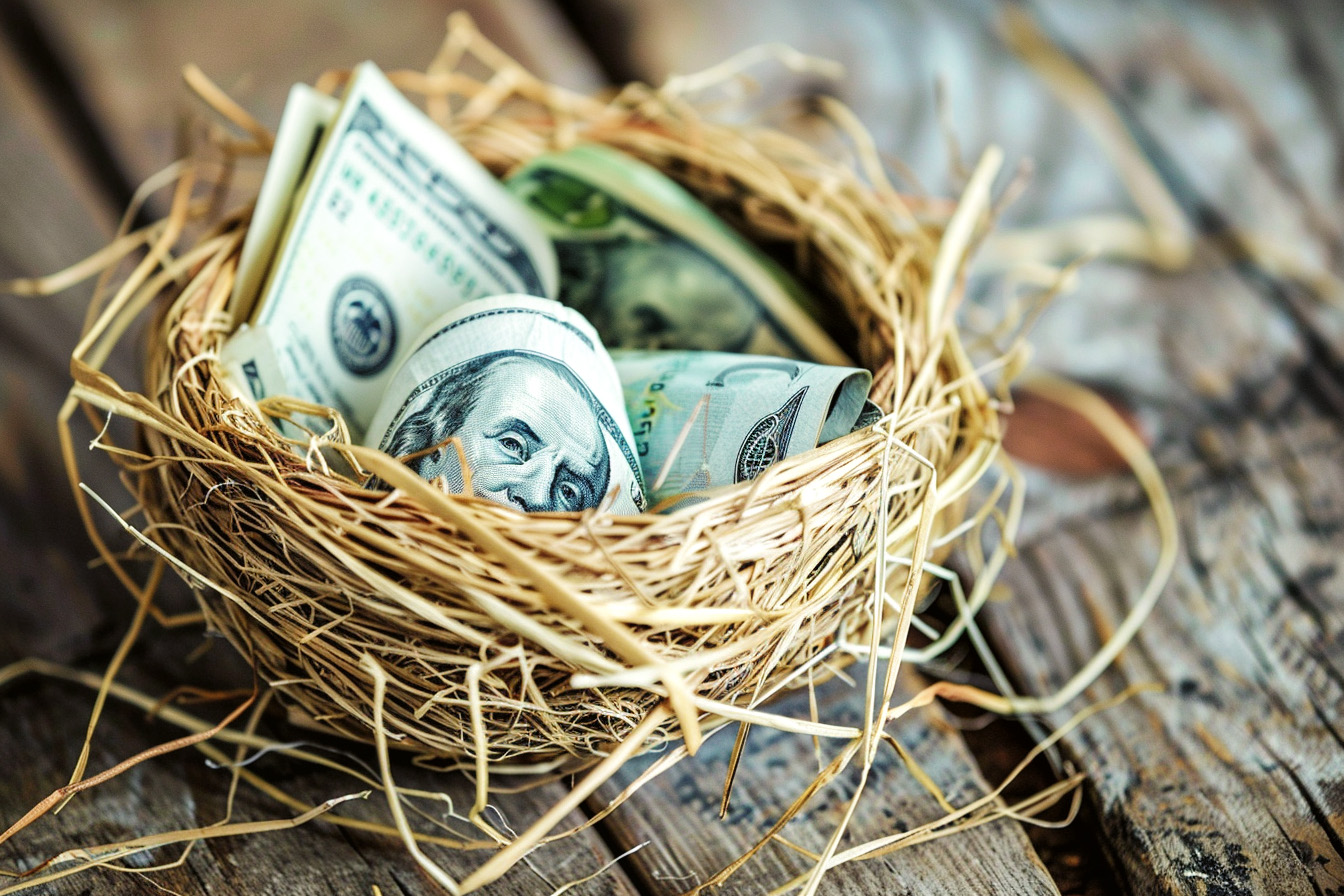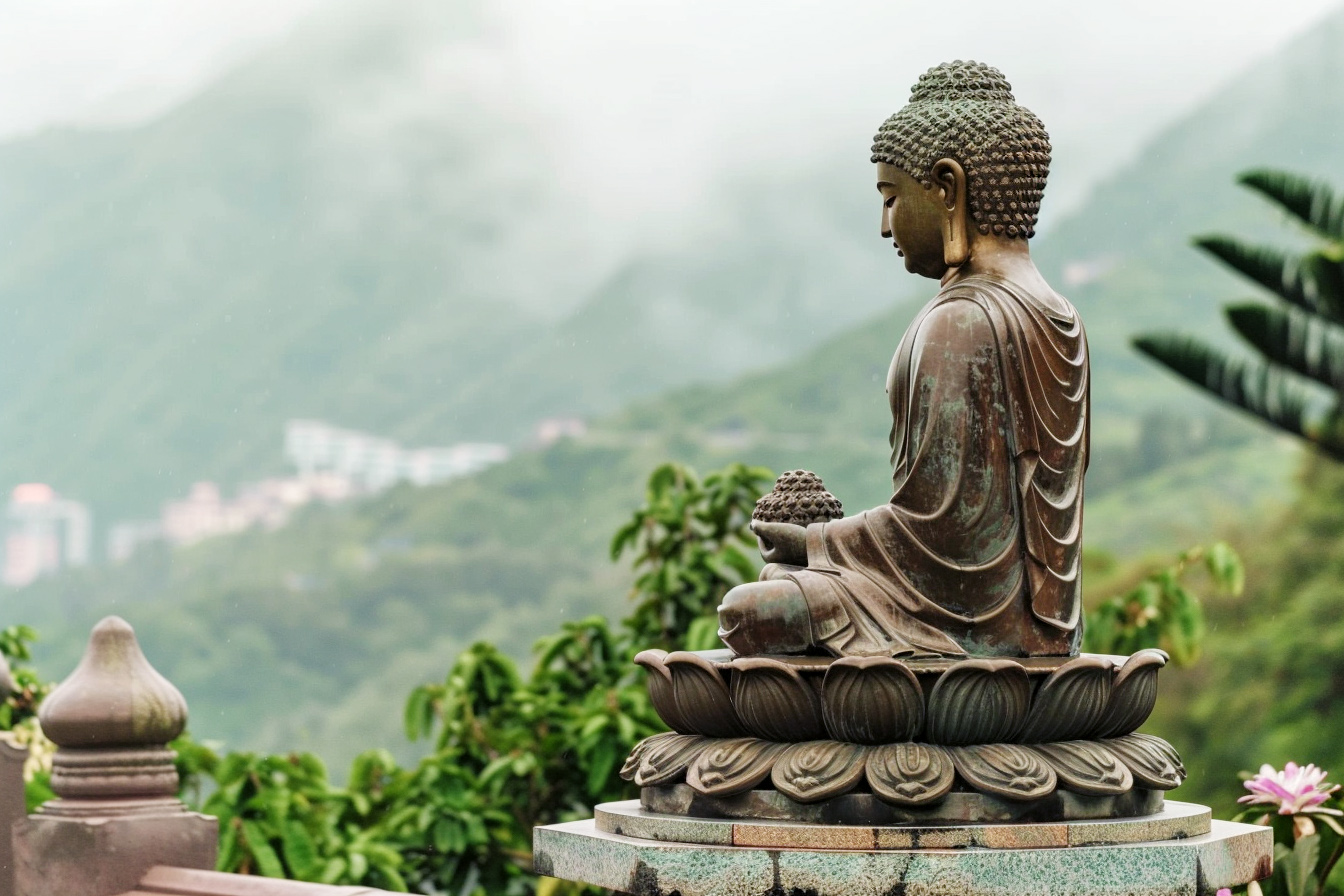The philosophy of Stoicism has seen a resurgence in recent years, mainly due to its practical tools for developing self-control, resilience, and mental fortitude. At its core, Stoicism teaches endurance of hardship through the cultivation of wisdom, courage, justice, and self-discipline.
A key component is continuously learning from life’s inevitable adversities and using them to train character. As the Stoic philosopher Seneca stated, “Difficulties strengthen the mind, as labor does the body.” This mindset is the essence of Stoic mental toughness. By embracing rather than avoiding life’s painful lessons, a Stoic gains the insight and skills to weather misfortune and meet challenges head-on.
1. The Importance of Accepting What You Cannot Control
A fundamental tenet of Stoicism is understanding the dichotomy of control: some things are within our power, while others are not. We are trying to control the uncontrollable leads to needless anxiety and frustration.
Letting Go of Attachment
The desire to shape events to our liking is a recipe for disappointment. While natural, this tendency causes immense anguish. As Epictetus wrote, “Happiness and freedom begin with a clear understanding of one principle: Some things are within our control, and some things are not.”
Learning this lesson requires humility. Even the most influential individuals cannot control everything. Accepting this fact is immensely freeing, enabling focus on what is controllable: our judgments, values, desires, and aversions.
Practicing Acceptance
During times of adversity or loss, acceptance is extremely painful. Epictetus himself struggled with it when crippled as an enslaved person. Yet he realized that his lack of autonomy was out of his hands. Through practice, he managed to accept reality fully.
Modern Stoics can apply this by acknowledging feelings during hardship without judgment. Slowly, the sting of loss dissipates, and energy can be redirected toward controllable aspects of life.
2. The Value of Discomfort
Avoiding discomfort is natural but counterproductive for building mental resilience. As Seneca stated, “We must make it our aim to have already put ourselves beyond the reach of injury.” This comes from gradually exposing oneself to hardship.
Discomfort Strengthens Character
Sports training illustrates this clearly. To perform under pressure, athletes deliberately trigger short-term physiological discomfort via intense drills. This conditions their nervous system to handle distress, priming resilience in competition.
Similarly, by undertaking challenging experiences like public speaking, social encounters, or cold showers, individuals inoculate themselves against life’s curveballs. Avoiding distress only increases vulnerability. As Julius Caesar remarked, “It is easier to find men who will volunteer to die than to find those who are willing to endure pain with patience.”
Expanding the Comfort Zone
While avoiding pain is understandable, real growth occurs outside one’s comfort zone. This applies to careers, relationships, travel, and all endeavors.
Pioneering inventor Thomas Edison famously said, “Many of life’s failures are people who did not realize how close they were to success when they gave up.” By gradually Conditioning the mind to endure short-term struggle, massive gains await on the other side.
3. The Power of Reflection and Responsibility
Besides learning from adversity, Stoics practice daily self-examination and reflection. This instills responsibility for one’s mental state, empowering resilience.
Daily Reflection Builds Awareness
Marcus Aurelius began each day writing in his journal, noting accomplishments, areas for improvement, and lessons learned. This enabled clarity of thought and values. Reflection need not be complex – simply reviewing your day and noting anything you could have handled better enables progress.
Responsibility for Reactions
While events themselves are outside one’s control, reactions always lie within. This crucial distinction underpins the Stoic mentality. Enemies can imprison you but not make you emotional. Hardship can disrupt your routine, but how you respond – angrily, anxiously, or calmly – is always your choice. Recognizing this power transforms adversity into opportunity.
4. The Necessity of Adversity for Building Resilience
Challenges and setbacks are inevitable in life and necessary for cultivating resilience. Stoicism teaches prosperity breeds fragility while adversity fosters strength and perspective.
Adversity as Training
Just as muscles require resistance training to grow stronger, so does the character need the hardship to gain fortitude. Nelson Mandela remarked on his Robben Island imprisonment, “I found solitary confinement the most forbidding aspect of prison life. There was no end and no beginning; only one’s mind can begin to play tricks.” Yet his perspective shifted from victim to student, using hardship as development rather than punishment. Difficult conditions strengthened his sense of purpose.
Reframing Obstacles
Seeing problems as insurmountable obstacles typically becomes a self-fulfilling prophecy. Conversely, adopting a learning mentality enables creative solutions. Obstacles become puzzles to solve rather than threats. This mentality allows leaders to navigate uncertainty and adversity with poise.
Viewing challenges as learning opportunities releases their developmental power. Reality provides an endless gym for strengthening mental muscles. The Stoic “voluntary discomfort” philosophy trains contentment and equanimity amid difficulty.
5. The Importance of Community and Mentorship
Finally, studying others who embody Stoic principles accelerates development. Having supportive communities and mentors reinforces wisdom learned from hardship.
Stoicism Encourages Friendship
While cultivating mental resilience relies on individual effort, surrounding oneself with like-minded individuals provides accountability, fresh perspectives, and encouragement. Even the most independent thinkers rely on others to share ideas and collaborate. Once basics are learned, finding partners and groups accelerate progress.
Learn From Those Further Along
Besides peer groups, those attempting to implement Stoic ideas benefit immensely from mentorship. Studying experienced individuals tested by adversity provides concrete examples to model. Reading philosophy lays the groundwork, but seeing it manifested in life gives it substance. Reaching out to those further along the path thus adds rocket fuel for your Stoic journey.
Case Study: James implements Stoic Resilience
James, a young professional, was bright but suffered from anxiety and a lack of direction. An endless stream of crises left him overwhelmed and under constant stress. Learning about Stoic philosophy opened his eyes to a new approach.
First, James began each morning by writing in a journal, noting lessons learned and areas needing improvement. This daily reflection enabled awareness of unhelpful emotional patterns, showing occasions when he lost composure unnecessarily.
Next, James expanded his comfort zone by deliberately undertaking uncomfortable experiences like public speaking, challenging social engagements, and other exposures. Though initially taxing, they boosted his confidence and poise. He also surrounded himself with others interested in self-improvement, gaining motivation and accountability.
Over time, James’ mentality shifted from feeling helpless amid challenges to proactively strengthening his character. Setbacks became training rather than punishment. He assumed responsibility for reactions, recognizing emotions as a choice. Crisise became welcomed tests rather than threats. James’ composure increasingly came from within rather than without.
After a year, James felt in control of his mindset regardless of external events. Difficulties rolled off his back, and he greeted adversity with courage rather than anxiety. This mental resilience propelled massive gains across all domains of life. What seemed impossible became routine through a Stoic approach.
Key Takeaways
- Acceptance of uncontrollable events conserves energy for controllable aspects.
- Discomfort inoculates against adversity; growth means expanding the comfort zone.
- Daily reflection and responsibility are essential for a resilient mindset
- Challenges provide opportunities to train mental toughness
- Community/mentorship accelerates development
Conclusion
The road to Stoic resilience undoubtedly entails pain and hardship. However, profound mental toughness emerges by willingly exposing oneself to difficulties with a learning mentality. Each painful lesson strengthens the nerve and sinew of character. Over time, this fortifies an unshakable composure and stability amid the slings and arrows of life’s inevitable adversities.
Those individuals who endure painful lessons with courage and creativity gain access to incredible resilience and confidence. They greet crises as opportunities to stretch their capabilities rather than threats to their comfort. This resilient approach to hardship, combined with daily practice in self-examination and discipline, encapsulates the essence of Stoic philosophy and its remarkable power.












Leave a Reply